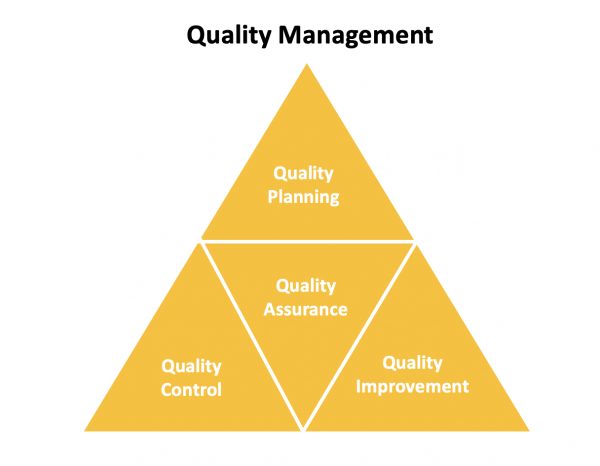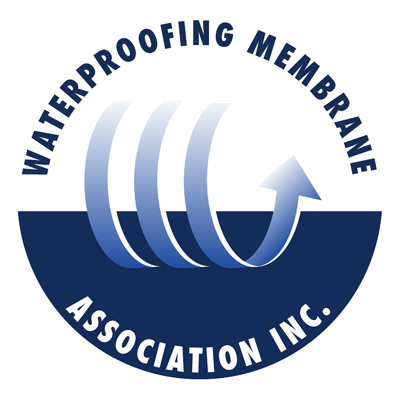Quality: An abstract concept
To associate a product, service or process with a certain degree of quality, we expect it to fulfil specific characteristics. Depending on the product or service, these characteristics vary widely.
Let me give you some examples.
Imagine shopping for your Sunday dinner with the family at the local farmers market. You would want the produce to be fresh, tasty and juicy, optimally also grown organically.
What about spending $1,700 on a cell phone? In return, you would expect a device that has a user-friendly interface, utilises the newest technology features and has an innovative design.
Yet again, when your dishwasher isn’t working and you call your local plumber, you would expect him to be easily contactable, prompt to arrive at your house and to identify and fix the issue diligently and quickly.
All these examples, though vastly different, still have one thing in common: The underlying concept of quality.
Even though we do not necessarily spell it out, we intrinsically know exactly what quality amounts to in each and every one of the above situations.
Depending on how well the vendors, suppliers or service providers are able to fulfil our expectations and do so reliably, the more likely we are to buy from these companies again and again.
Quality as a business objective: How to achieve reliable quality?
In order to fulfil the customer’s quality expectations companies are tasked to deliver on two major aspects:
- Identifying relevant quality expectations and
- Delivering on these expectation reliably
Quality therefore revolves around the concept of meeting or exceeding customer expectation. That is not a small task — quite the opposite.
To stay focused on the customer’s needs and achieve, as well as maintain a consistent product or service, a company will need to utilise some form of quality management (QM).
A QM encompasses all activities an organisation uses to direct, control, and coordinate quality to be effective. It involves every aspect of the company: product, process and people. Quality is built in at every stage and everyone is responsible for the quality of the product.
In other words, quality isn’t restricted to creating a flawless manufacturing process, it includes the interactions with customers, the seamless transactions between departments as well as the quick delivery of products and much more.
To establish an effective quality management it has been proven successful to work with four distinct concepts: quality planning, quality control, quality assurance, and quality improvement.

We want to briefly examine each one of these concepts:
- Quality Planning is the process of identifying the quality standards relevant to the company and deciding how to meet them. It entails activities that ensure adherence to the vision, mission, and goals of the company and also conformity with customer and compliance requirements.
- Quality Assurance (QA) is the driving force behind the quality of the product/service and the process. It is a high level strategy that entails the proactive planning of the best procedures to implement quality, eliminate problems and prevent defects. It ensures that the right approaches, methods, and techniques are developed for the correct implementation.
- Quality Control (QC) checks if the final product is good enough — by inspecting it and evaluating it against a set of quality criteria defined in the Quality Assurance stage. This can be done with checklists which specify certain tasks and their specific order and further ensure that the developed approaches, methods, and techniques are followed correctly.
- Quality Improvement is the purposeful change of processes to improve the confidence in or reliability of the product or service. A company must consistently conduct research to know what its customers want and to satisfy them. This will help to identify areas for improvement and produce ways to achieve the new targets and implement them successfully.
How does a Quality Management System support trust building?
There is no need to design your own Quality Management System (QMS), there are hundreds of formalised QMS out there which companies can utilise to manage their quality in a more formalised way.
These systems have fancy names such as ISO 9001, Total Quality Management, Kaizen, Six-Sigma, Kanban, Taguchi Methods, BPR, TRIZ and the list goes on. Regardless of the differences, the focal point of all of these systems is customer satisfaction.
Using ISO 9001 as an example: It is internationally recognised and the most widely used QM standard in the world. It uses a process approach to manage and control how quality objectives are achieved. Regardless of the product or service an organisation provides, ISO 9001 focuses on the effectiveness of processes and delivery of services and can be used in large or small companies.
The benefit of utilising a standardised approach e.g. ISO 9001 is that it helps to gain the confidence of the customer base. People everywhere in the world know what they get when they read: “ISO 9001 certified”. It proves that a company can supply consistently high-quality products and services.
Benefits of Quality Management Systems
When we talk to people about Quality Management Systems we are likely to hear something along the following lines:
- “Too complex to implement.”
- “We don’t have the time, money or staff to deal with crippling bureaucracy.”
- “Wouldn’t that involve tedious paperwork and extra hours spent in the office to fill in forms?”
- “I’m not comfortable following a rigid set of rules.”
It is clear to us that companies do often not see the benefits these systems bring. We on the other hand experience every day how not utilising quality management principles creates huge delays, massive amounts of rework and often impacts on the trust in a company’s ability to execute projects diligently.
The benefits we see are:
- QM helps companies to achieve greater consistency in tasks and activities that are involved in projects as well as the production of products and services.
- It increases efficiency in processes, reduces waste, and improves the use of time and other resources.
- It enables businesses to market their products and services effectively.
- It makes it easier for businesses to integrate new employees, and thus helps businesses manage growth more seamlessly.
- It enables a business to continuously improve their products, processes, and systems.
- And maybe most important of all: It helps improve customer satisfaction.
Conclusion: Don’t swallow the whole elephant
We believe that every step towards running a quality lead company is worth taking. We would encourage every business owner to look into the principles of quality management and start implementing them step-by-step into their company. Show your customers and stakeholders that you are a company that is committed to quality excellence. QM systems give you the tools you need to gain this trust.
A quality-conscious company culture will lead to a chain reaction: as quality improves, costs go down and productivity goes up; this leads to more jobs, greater market share, and long-term survival.
This, however, does not mean that every single company needs to implement a full QMS. You can choose the extent to which you want to implement quality into your business — a formal certification is just the cherry on top.




























 Most Popular
Most Popular Popular Products
Popular Products


